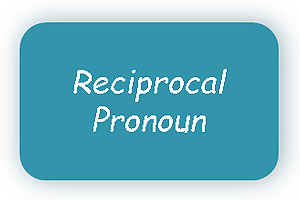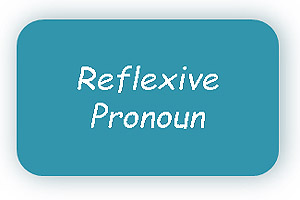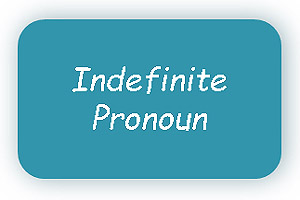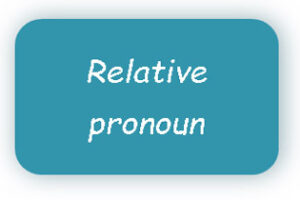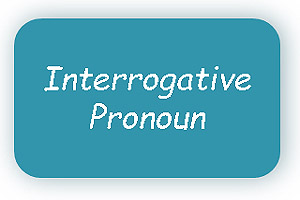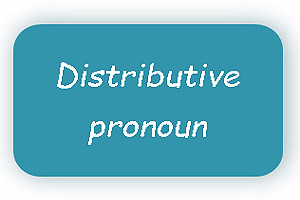Reciprocal Pronoun definition:
Reciprocal Pronoun definition is used when subject and object or more do the same thing but mentioning or referring to the two-way relationship in the sentence, Each other, one another.
There are two reciprocal pronouns, both are of them allow you to form sentences easier. they’re especially useful once you got to express an equivalent general idea quite once. “Each Other” and “One another”.
Reciprocal pronouns are easy to practice, when you need to mention two people, you will usually use “Each Other”.
Meanwhile relating to more than two people, for example, the students in a lecture hall, you will normally use “One another”
Examples:
- Huzaifa and Fahad are work with each other. (two-person).
- we try to help each other. (two-person).
- All succeeded students giving congratulations to one another. (more than two-person).
- I and my friends always sit in the class with one another. (more than two-person).
- The Boys are fighting one another.
- Gina and Mary are talking to each other.
- We give each other presents during the holidays
Rules:
a) Reciprocal pronouns do not use in plural form.
b) Each other is always used for two persons.
c) One another is always used for more than two persons.

